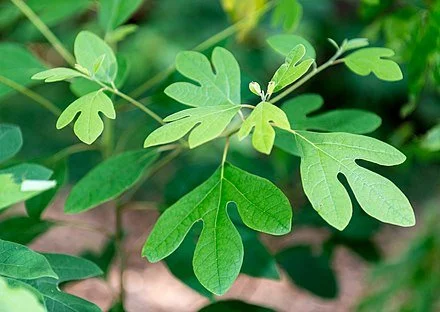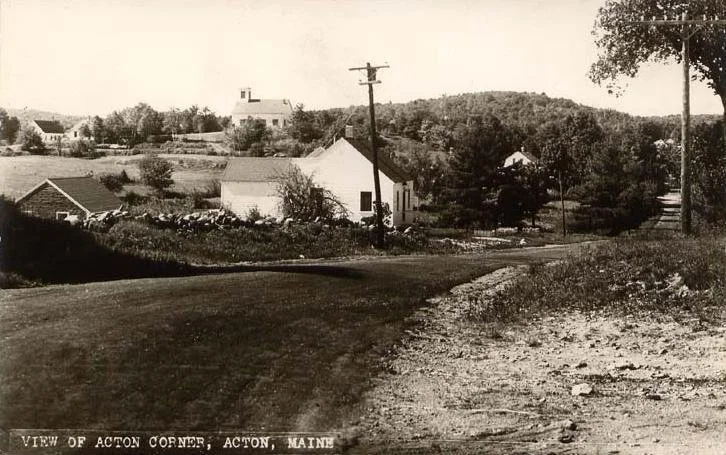“Dreamtime-Ripples” (encaustic monotype), by Ken Eason.
Mr. Eason explains in his Web site:
“Several years ago, vacationing in Australia with family, I was introduced to Aboriginal Art and was fascinated by the technique, symbolism and variety. Aboriginal Art is centered on telling the ancient stories of the Aboriginal peoples using symbolism and metaphor. The imagery is described as symbols of the ‘Dreamtime’ that is the Aboriginal understanding of nature and the world.’’
He explores his own “personal ‘Dreamtime’ where I can be physically at home but mentally, spiritually and emotionally away. I use line as symbol of path, thought, or journey. These lines tend to overlap in many layers, each curve signifying a decision point, change in direction or choice.’’
His site says he works “primarily with oil and encaustic media and has been creating such paintings since 1992. Since his first solo show, at the York Street Gallery, Kennebunk, Maine, he has been in numerous group and solo shows from Boston to Bar Harbor, Maine. In 2005, Ken won first prize in painting in the Sculptural Pursuit, ‘Start the New Year with Peace’ Art/Literary Competition and received a several-page color photo spread of his work. Ken participated in the annual International Encaustic Conference from 2009-2012 and has taken several encaustic and professional workshops, but is mostly self taught. In 2017, he started teaching encaustic painting techniques.
“Active in the local arts, Ken is a juried member of the Art Guild of the Kennebunks and New England Wax. He was president of the Sanford Art Association in 2002 -2006. Ken’s work has been collected by the Rochester Museum of Fine Arts, Rochester, N.H.; Rand Direct, Edison, N.J.; and is held in many private collections worldwide. Ken works and lives in Acton, Maine.’’
On the Mousam River near Acton in the early 20th Century. Like many Maine streams, this one had a saw mill.






















